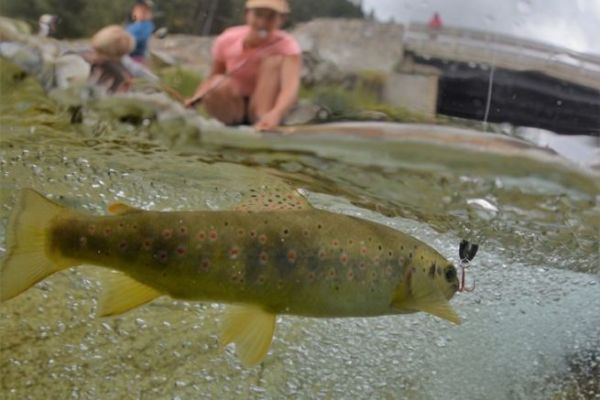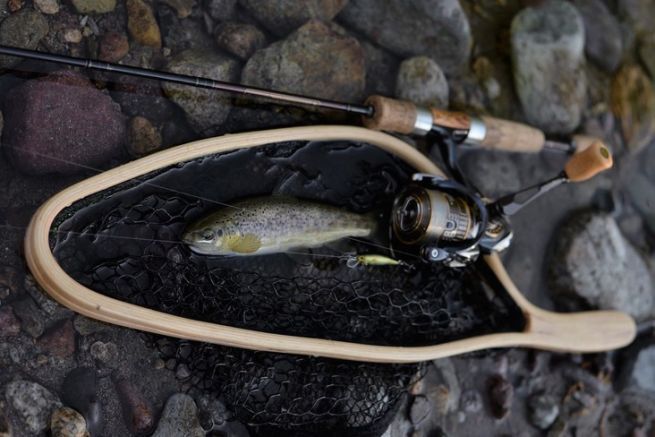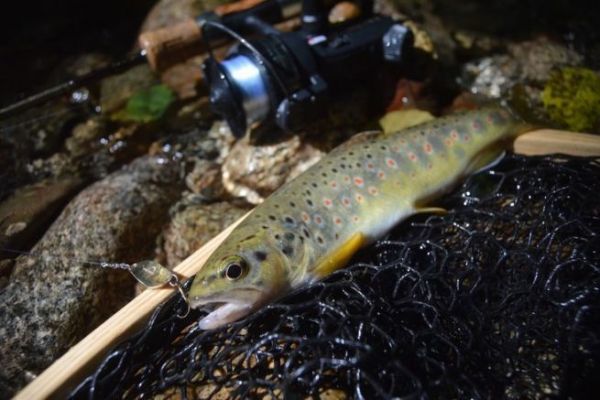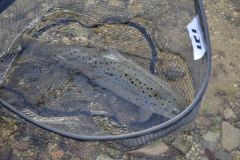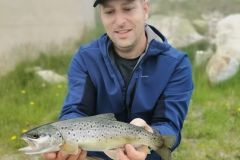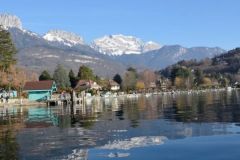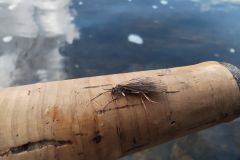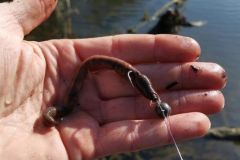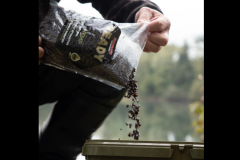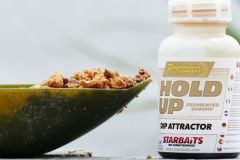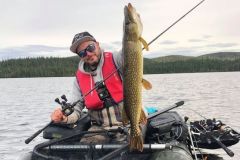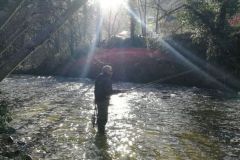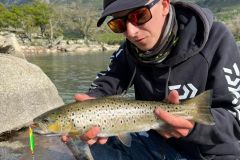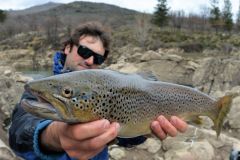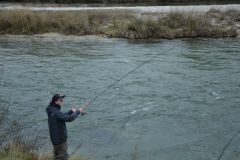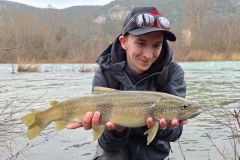The trout is the whitewater fish par excellence. Many anglers head high into the mountains to pit their wits against these colorful, vigorous "home-grown" salmonids. Lure fishing with ultra-light lures is a fairly old and popular sport that has long appealed to lovers of trout in these clear, fresh, oxygenated waters. Let's take a look at how to lure these fish in these rapids.
Trout in the mountains: a special morphology
In whitewater and torrents, you'll often find lots of fish. The further off the beaten track you go, the more fish you'll find. In addition to quantity, you'll be looking for trout that are often "native", displaying singular phenotypes characteristic of one river to another. In France, we refer in particular to the fario trout (salmo trutta) that naturally populate our torrents. These fish often display beautiful colors and contrasts, and have well-developed fins for swimming up and down currents.
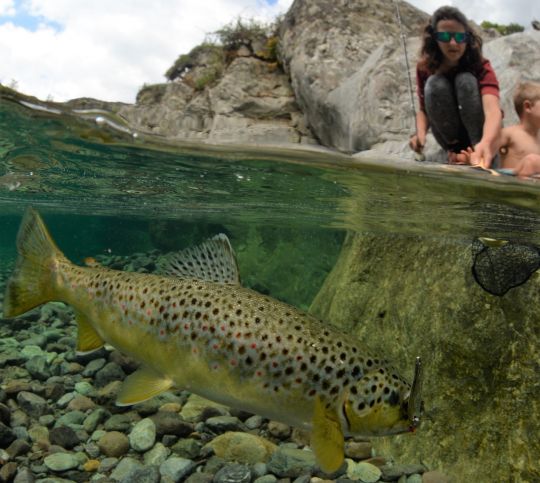
They also often have large eyes and slit mouths. Indeed, even when small, the trout of small high-altitude streams quickly become opportunistic predators, not hesitating to attack smaller fish. The appeal of high-altitude fishing lies more in the search for beautiful fish than for big ones.
Phenotypes typical of each river
In addition to their morphological adaptation to these environments, these trout strains have diverged genetically. Each trout has evolved in its own river, often separated from other streams by natural obstacles (cascades, waterfalls, rocks...) since the last ice age! Their phenotypes (trout coats and ornaments) are distinctive and typical of each river. Some trout have large red spots, more or less numerous, and the same goes for black spots, while others have marbling, blue gills...
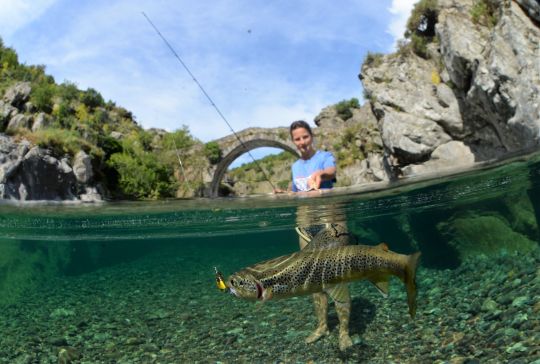
Very clear, limpid waters favor colorful or contrasting coats, rather than the pale or dull ones that some fish living in pitted waters may sport.
Big fish get the best jobs
In these small rivers, which are subject to harsh winter conditions and sometimes low water levels in summer, trout do not grow much. They adapt to their environment. As a result, trout are often between 15 and 25 cm in size. A 35 cm fish is already a large specimen for these torrential waters.
The best positions are often occupied by the biggest fish, while deep pools and basins are often occupied by several medium-sized trout.
Fish can be found everywhere, however, and the higher you go, the narrower the watercourses and the more trout can be found in unlikely positions, sometimes in barely 20 cm of water. Rapids, pools, hollows under banks... can all harbor fish.
